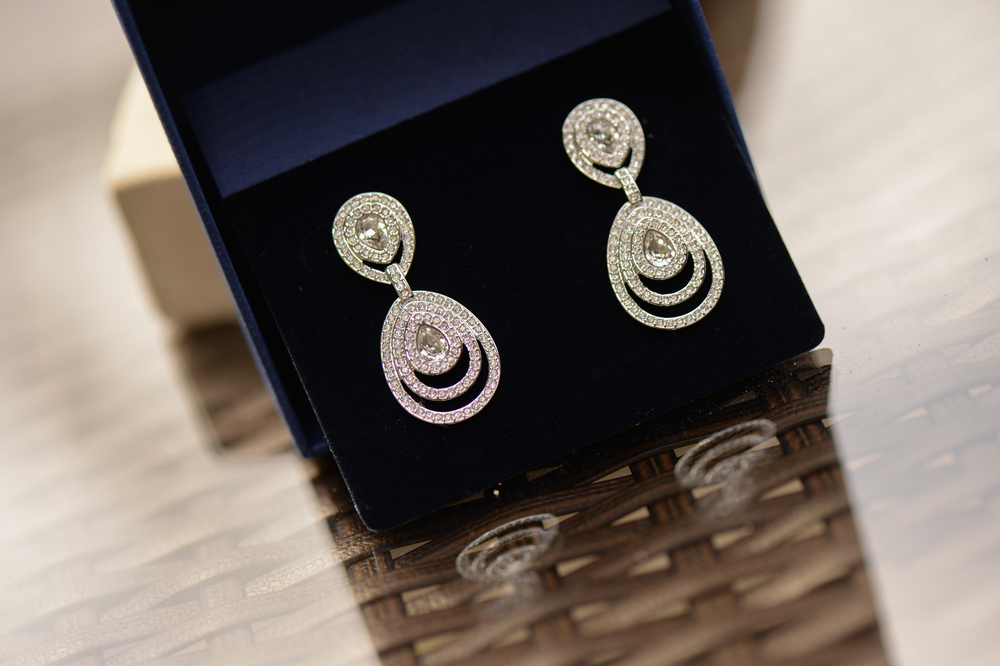
Artificial diamonds have found a wide range of applications across various industries, offering exceptional qualities that natural diamonds cannot always provide. In the realm of electronics, artificial diamonds have proven to be a vital material for high-power transistors, laser diodes, and even quantum computers. Their outstanding thermal conductivity, electrical insulating properties, and resistance to radiation make them invaluable in manufacturing next-generation electronic components. One of the most well-known applications of artificial diamonds is in cutting and grinding tools. These synthetic diamonds are used in the production of diamond saw blades, wire saws, and drills. Their remarkable hardness and abrasion resistance ensure that they can cut through the toughest materials, including concrete, glass, and even other diamonds, with precision and durability. This has enhanced the efficiency and precision of various industries, from construction to gemstone processing.
Artificial diamonds have also made their mark in the field of optics. They are used as windows and lenses in high-power lasers due to their exceptional transparency and ability to withstand intense laser radiation. These synthetic gems have revolutionized the manufacturing of laser systems, enabling advancements in medical, industrial, and military applications. In the field of healthcare, artificial diamonds have emerged as a powerful tool for medical imaging. Their remarkable ability to transmit X-rays and perform as an excellent radiation detector has led to innovations in radiation therapy. The unique properties of these diamonds enable precise and efficient treatment for cancer patients, minimizing damage to healthy tissue while targeting tumors with unparalleled accuracy. Moreover, artificial diamonds are playing a crucial role in the exploration of space. Their exceptional resistance to radiation and extreme environmental conditions make them ideal candidates for use in space probes, satellites, and spacecraft. The reliability and longevity of artificial diamonds contribute to our ability to conduct long-term missions beyond Earth’s orbit. Beyond their industrial applications, artificial diamonds have significantly advanced the field of science and research.
One of the most exciting aspects of artificial diamonds is their ability to host defects known as nitrogen-vacancy (NV) centers. These NV centers consist of a nitrogen atom adjacent to a vacant lattice site, which creates a unique atomic configuration within the diamond lattice. The electrons associated with these NV centers have remarkable properties, making them ideal for various scientific applications. One of the most promising areas of research involving NV centers is quantum computing. Artificial diamonds are being used to develop quantum bits or qubits. Qubits can exist in multiple states simultaneously, allowing for the potential to perform complex calculations that are currently beyond the capabilities of classical computers. This could revolutionize fields such as cryptography, material science, and drug discovery. Additionally, artificial diamonds with NV centers have enabled advancements in quantum sensing. Their extreme sensitivity to external factors, such as magnetic and electric fields, has made them invaluable in fields like geophysics and materials science. For example, they are used in the development of highly accurate magnetic sensors that can map the Earth’s magnetic field with unprecedented precision. These sensors have applications in geological surveys, environmental monitoring, and even the detection of underground mineral resources. Furthermore, artificial diamonds have revolutionized the field of chemistry. Researchers have employed NV centers to study chemical reactions at the atomic level. This capability allows for the observation and manipulation of chemical reactions in real-time, providing invaluable insights into molecular interactions and reaction mechanisms. Such research has the potential to lead to more efficient and environmentally friendly chemical processes.
Another remarkable scientific application of artificial diamonds lies in high-pressure research. The extreme pressure and temperature conditions required for artificial diamond synthesis make them ideal for creating high-pressure environments in the laboratory. Diamond anvil cells, or DACs, use small synthetic diamonds as anvils to exert enormous pressure on materials placed between them. These high-pressure conditions have allowed scientists to explore the properties and behavior of materials under extreme circumstances. Artificial diamonds in DACs have played a crucial role in studying phase transitions, the behavior of materials under the extreme conditions found in Earth’s mantle, and the quest for novel materials with extraordinary properties. The study of high-pressure materials has led to the discovery of superconductors, exotic forms of matter, and a deeper understanding of planetary interiors. Artificial diamonds have also been utilized in the search for new materials with exceptional properties. By subjecting various elements and compounds to high-pressure conditions, scientists have discovered novel materials that exhibit superconductivity at higher temperatures or unusual electronic and magnetic properties. These discoveries have the potential to revolutionize fields such as energy storage, transportation, and electronics.
Artificial diamonds, with their fascinating history and versatile production methods, have become indispensable in various industries, from electronics to healthcare. Moreover, their role in advancing scientific research, particularly in quantum computing, quantum sensing, high-pressure experiments, and materials science, is undeniable. As technology continues to evolve, artificial diamonds will likely play an even more significant role in shaping our future, offering innovative solutions to the challenges we face in the 21st century. This marriage of science and industry, driven by the brilliance of man-made diamonds, is a testament to human ingenuity and the boundless potential of synthetic materials in our ever-advancing world.
